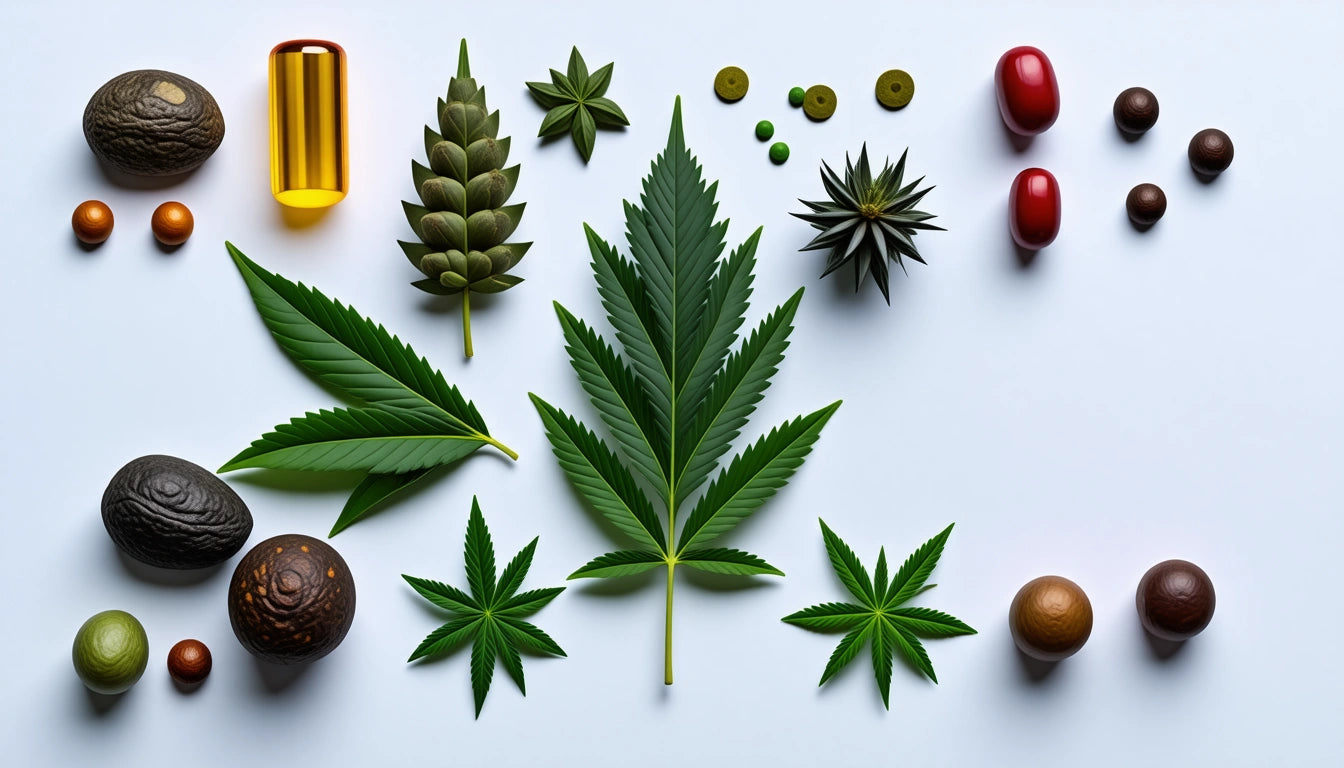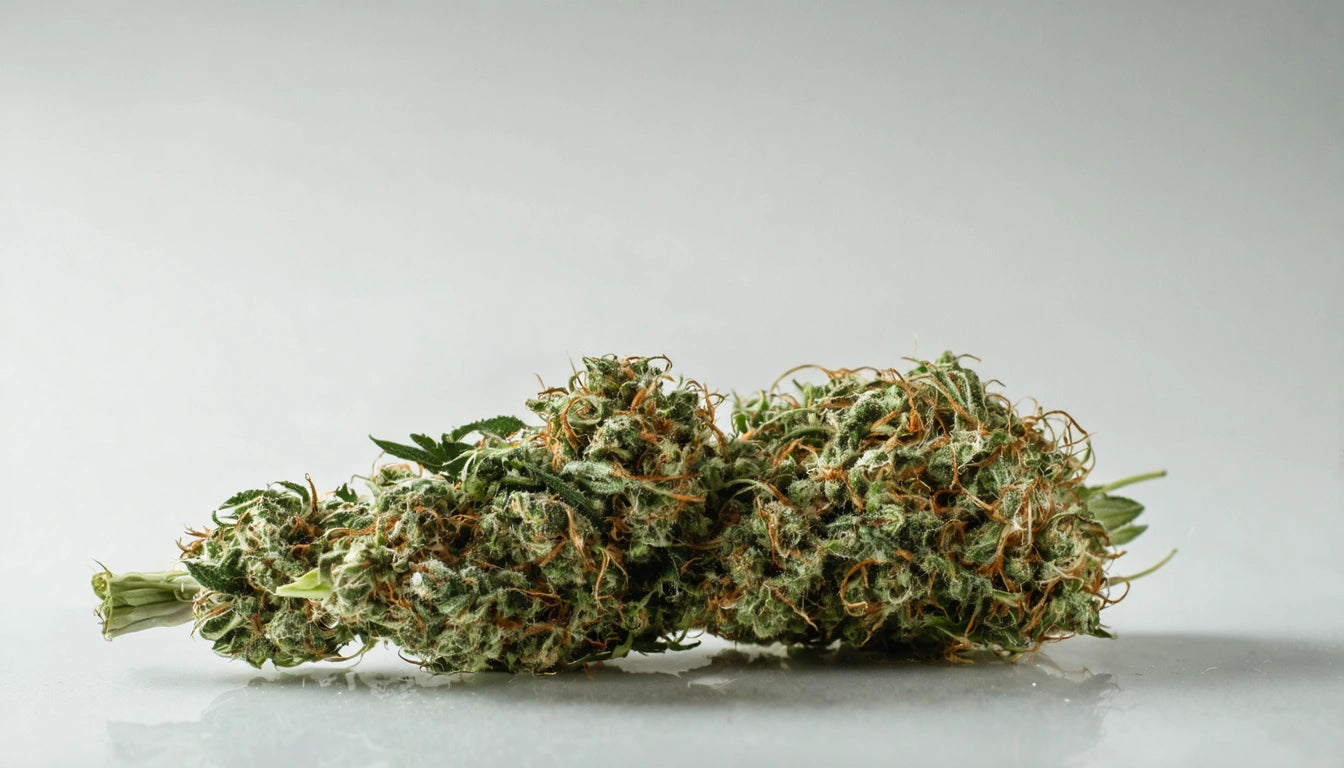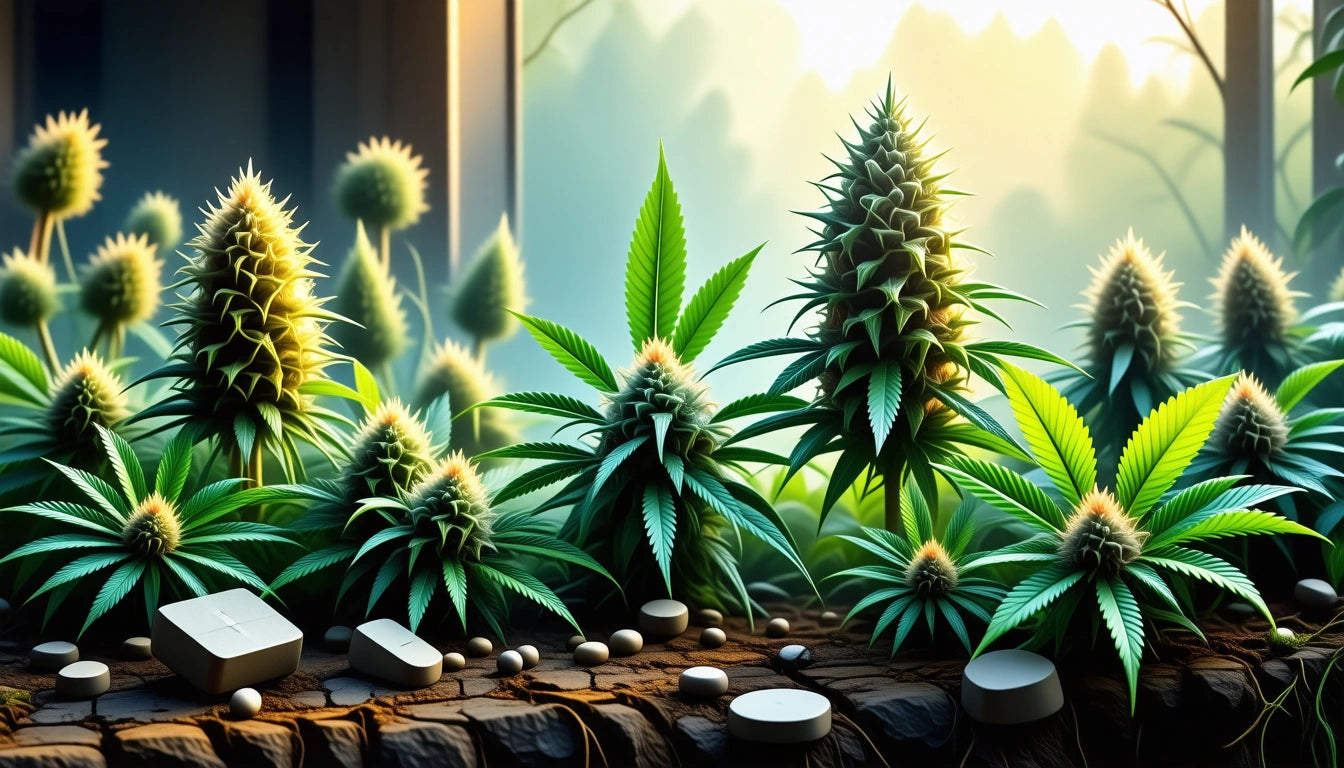Table of Contents
- Cannabis Basics: Understanding the Plant
- The Cannabis Quality Spectrum: From Reggie to Exotic
- Cannabis Measurements and Purchasing Terms
- Cultural Terms and Slang in Cannabis Culture
- Cannabis Varieties and Genetic Classifications
- Important Cannabis Compounds and Effects
- The Evolution of Cannabis: From Prohibition to Mainstream
Understanding Cannabis: Types, Terminology, and Cultural References
Cannabis culture has developed a rich vocabulary that can be confusing to newcomers. From describing quality levels to measurement units, the terminology around cannabis reflects its complex history and evolving legal status. This guide breaks down the essential terms, types, and cultural references that define the world of cannabis.
Cannabis Basics: Understanding the Plant
Cannabis is a flowering plant with several species, primarily Cannabis sativa, Cannabis indica, and Cannabis ruderalis. Each species has distinct characteristics that influence growth patterns, appearance, and effects. Before diving into specific terminology, it's important to understand what sets cannabis apart from other plants.
The cannabis plant contains over 100 cannabinoids, with THC (tetrahydrocannabinol) and CBD (cannabidiol) being the most well-known. These compounds interact with the body's endocannabinoid system to produce various effects ranging from psychoactive experiences to pain relief.
For those new to cannabis, understanding what cannabis looks like is often the first step in education. The plant's distinctive serrated leaves and resinous buds make it identifiable, though varieties can differ significantly in appearance.
The Cannabis Quality Spectrum: From Reggie to Exotic
What is Reggie Weed?
"Reggie" refers to low-quality cannabis, often characterized by a brownish color, dry texture, and presence of seeds and stems. This type typically has lower THC content and may have a harsh taste when smoked. Reggie is generally considered the lowest tier of cannabis quality.
What Are Mids Weed?
"Mids" represents mid-grade cannabis, offering better quality than Reggie but not reaching premium standards. Mids typically have fewer seeds, better color (usually green rather than brown), and moderate THC levels. Many casual consumers find mids to be an acceptable balance of quality and price.
What is Exotic Weed?
"Exotic" cannabis refers to premium, top-shelf strains known for exceptional quality, appearance, aroma, and potency. These strains often feature vibrant colors, dense trichome coverage, and complex terpene profiles. Exotic strains typically command higher prices in both legal and illicit markets.
When storing premium cannabis, many enthusiasts opt for specialized storage solutions that preserve freshness and potency over longer periods, maintaining the quality that makes exotic strains desirable.
Cannabis Measurements and Purchasing Terms
What is an Eighth of Weed?
An "eighth" refers to one-eighth of an ounce of cannabis, equivalent to approximately 3.5 grams. This is one of the most common purchase quantities for recreational users, offering enough material for several sessions without requiring a larger investment.
What is Deli Style Weed?
"Deli style" refers to a dispensary practice where cannabis is stored in bulk and weighed out to order, similar to how meats or cheeses are sold at a delicatessen. This allows customers to see and sometimes smell the product before purchase, and often enables purchase of custom amounts rather than pre-packaged quantities.
Cultural Terms and Slang in Cannabis Culture
Why is Weed Called Devil's Lettuce?
The term "devil's lettuce" originated during prohibition-era anti-cannabis campaigns that associated marijuana with immoral behavior. This satirical nickname has been reclaimed by cannabis enthusiasts as a humorous reference to the plant's controversial history and the moral panic it once generated.
Why is Weed Called Reefer?
"Reefer" is believed to have originated from the Spanish word "grifa," which referred to cannabis. The term became popularized in the early 20th century, particularly through anti-cannabis propaganda such as the infamous 1936 film "Reefer Madness." Today, it's mostly used as a retro slang term.
Cannabis Varieties and Genetic Classifications
What is Landrace Weed?
Landrace strains are indigenous cannabis varieties that have developed naturally in their native environments without human intervention. These strains represent the original genetic foundations of all modern cannabis varieties and are named after their regions of origin, such as Hindu Kush (Afghanistan/Pakistan), Durban Poison (South Africa), or Acapulco Gold (Mexico).
What is Ruderalis Weed?
Cannabis ruderalis is a lesser-known species that originated in Russia and Central Asia. Unlike sativa and indica, ruderalis plants are smaller and automatically flower based on age rather than light cycle changes. While ruderalis itself isn't typically consumed for effects, its genetics are valuable in breeding auto-flowering strains that are popular among home growers.
What is Moroccan Weed?
Moroccan cannabis refers to varieties grown in Morocco, which has a long history of hashish production. The region, particularly the Rif Mountains, is known for producing distinctive landrace strains that have adapted to the local climate. Moroccan cannabis is often processed into hash rather than consumed as flower.
For those interested in the diverse world of cannabis strains, our comprehensive strain guide offers insights into making informed choices based on desired effects and characteristics.
Important Cannabis Compounds and Effects
What is Myrcene in Weed?
Myrcene is the most abundant terpene found in cannabis. This aromatic compound contributes to the herb's distinctive smell and is believed to enhance the psychoactive effects of THC through the "entourage effect." Myrcene is associated with sedative, relaxing effects and is found in high concentrations in many indica strains.
What is CHS Weed?
CHS stands for Cannabinoid Hyperemesis Syndrome, a condition characterized by cyclic episodes of nausea and vomiting in long-term, heavy cannabis users. While not a type of cannabis, CHS is an important medical consideration related to cannabis consumption that has gained increased attention in recent years.
Understanding cannabis compounds goes beyond just THC and CBD. For a deeper exploration of how cannabis affects the body and mind, our detailed guide provides valuable insights.
The Evolution of Cannabis: From Prohibition to Mainstream
Cannabis terminology continues to evolve as legalization spreads and the industry matures. Terms like "gas weed" (potent, fuel-smelling cannabis) and "hydro weed" (hydroponically grown cannabis) reflect the increasing sophistication of cultivation techniques and consumer preferences.
The evolution from illicit "ditch weed" (wild, low-potency cannabis) to precisely cultivated medical and recreational products demonstrates how far the industry has come. Today's legal market features everything from precisely dosed edibles to pharmaceutical preparations like troches (medicated lozenges that dissolve in the mouth).
As cannabis continues its journey from counterculture to mainstream acceptance, its terminology will likely continue to develop, reflecting new scientific understanding, consumption methods, and cultural contexts. Understanding this evolving language is essential for anyone looking to navigate the complex and fascinating world of cannabis.











Leave a comment
All comments are moderated before being published.
This site is protected by hCaptcha and the hCaptcha Privacy Policy and Terms of Service apply.